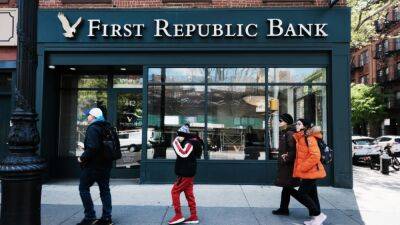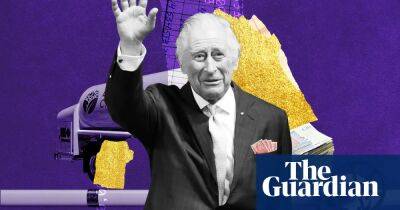How Tory royal funding deal gave rise to King Charles’s potential cash windfall
King Charles III’s public rejection of a pay rise potentially worth as much as £250m a year in extra taxpayer money has laid bare the extraordinarily generous funding arrangement introduced by the former prime minister David Cameron.
The sovereign grant deal, ushered in by Cameron and his chancellor, George Osborne, in 2011, has already resulted in a sharp rise in public money going to the monarchy over the last decade.
In the first financial year of the deal – 2012-13 – the budget to fund the monarchy was set at £31m. Last year, the monarch received £86.3m, including a substantial amount to refurbish Buckingham Palace. According to the terms of the sovereign grant prescribed in legislation, Charles would potentially be in line for future payments in excess of £330m a year.
£86.3m sovereign grant to the monarchy in 2022
Against the backdrop of a cost of living crisis, the new king has signalled he will forgo some of the cash windfall so it can be spent on the “wider public good”.
However, a delayed review of royal financing has been postponed until after the king’s coronation in May amid scrutiny over Cameron’s funding settlement.
The palace is now refusing to be drawn on the specifics of the king’s financial request, and the Treasury is stalling on whether to release documents relating to the king’s announcement.
At the heart of the problem: the terms of Cameron’s deal with the palace, the most radical shake-up of royal financing in 250 years. The sovereign grant re-established the link between the public funding of the monarch and the profits of the crown estate, which is essentially a state-controlled real estate portfolio that generates revenues for the Treasury.
In January, the crown estate announced a windfarm deal worth
Read more on theguardian.com















